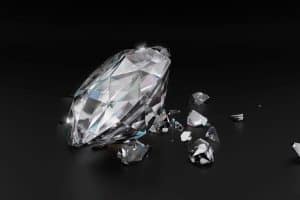Figuring out whether a stone can melt isn't always easy. Do you have a piece of gemstone jewelry but don't know if it's possible to heat it up or if that will ruin your precious stone? We have done our research to find you the answer.
Most gemstones can melt, although doing this can change their chemical compounds. Depending on how hot a gem gets, it can turn to powder, so you have to be careful. That said, not all gemstones have the same heat tolerance, so exposing them to high temperatures might not always be a good idea.
As we begin, we will cover all things gemstones and discuss how and if you can melt and heat them. Whether you want to reshape your favorite stone or enhance its natural color, we're here to help. With that said, let's dive right into this topic!
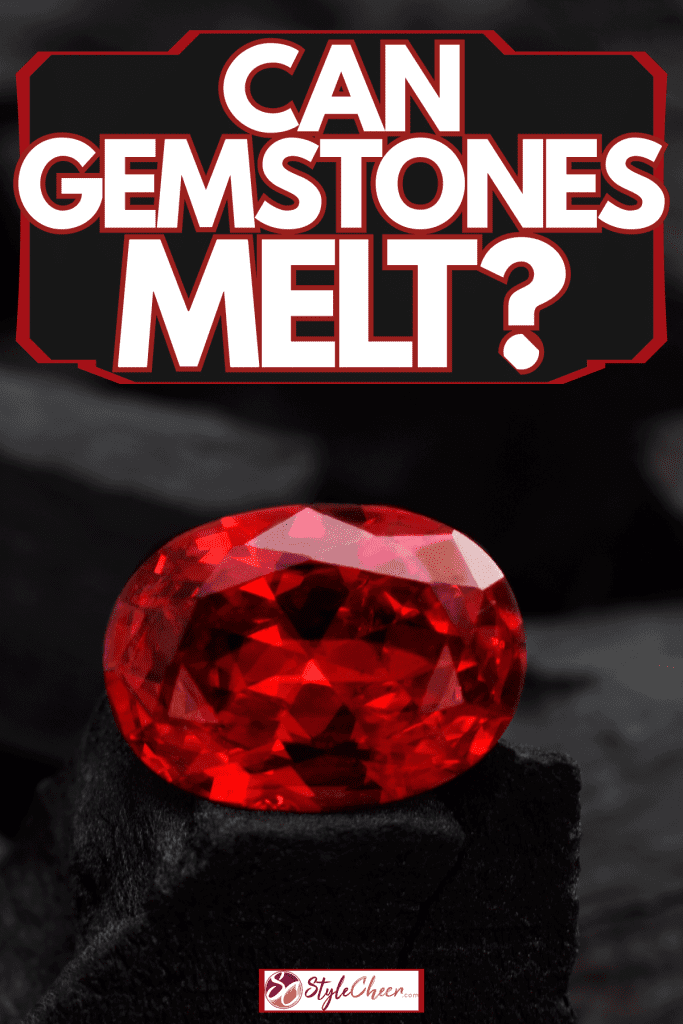
This article may include affiliate links and elements that were carefully created by our team using advanced ai to help you envision the best style advice.
Can Gemstones Be Heated?
Typically, you should be able to heat a gemstone if you want to enhance its natural color and shine. Doing this is very common and shouldn't be too hard to accomplish, but not all gemstones can withstand extreme temperatures.
Usually, it's best to keep a gemstone under 2,000 degrees Fahrenheit during the heating process, or you risk damaging or melting it. According to Earth's Treasury, a Montana sapphire can withstand up to 3,711 degrees before it melts, while a rutile gemstone has a melting point of only 1,843 degrees Fahrenheit.
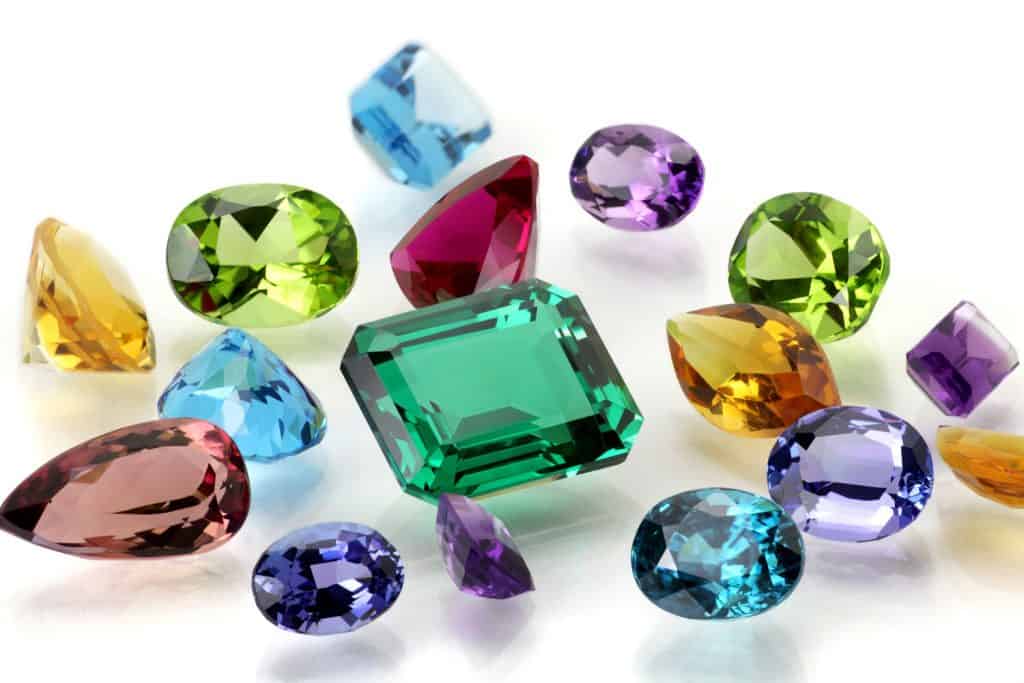
Why Do You Heat Gemstones?
When it comes to why you would heat a gemstone, this essentially enhances its natural color and improves the overall look of your gem. Heat can be used to lighten and darken gemstones, usually making them appear more vivid.
Heating gemstones will typically happen before a piece of jewelry is created but can also be done later on. Using heat to enhance a gemstone is a standard industry practice and will usually happen before cutting or placing a gem into a piece of jewelry.
What Does It Mean When A Gemstone Is Unheated?
An unheated gemstone is essentially a gem that a human hasn't thermally modified. Unheated gemstones tend to have more value than heated options but are harder to find.
Like we mentioned above, using heat to improve the appearance of gems is a common practice in the jewelry industry, making natural stones more difficult to purchase.
How Can You Tell If A Gemstone Is Heat Treated?
For anybody wanting to purchase a gemstone, it's important to know what signs to look for to tell if it's natural or heat-treated. According to More Gems, a heated gemstone will usually have small stress fractures around the inside, which indicates it's been through a heating process.
Another sign to look out for is small halo-like formations on your gem, which happen during heating. Of course, you can always ask if a gemstone is heated or unheated, although not all jewelers choose to be honest about it.
Which Gemstones Are Safe To Melt?
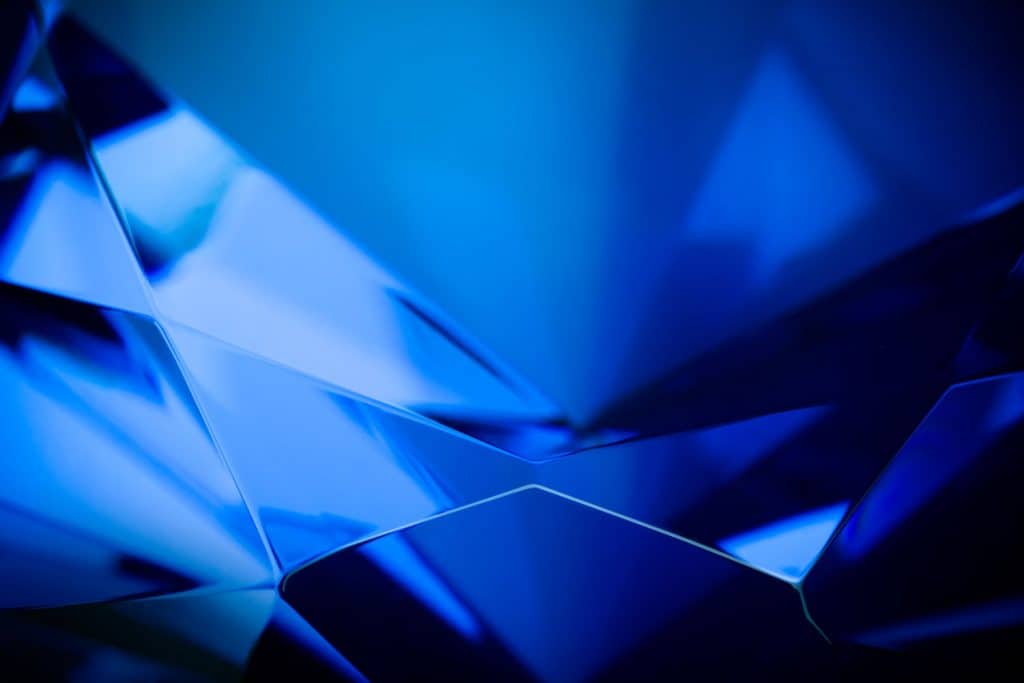
When it comes to which gemstones are safe to melt, stick with diamonds, rubies, sapphires, garnets, and lab-grown gems. Of this group, diamonds will take heat the best, with a melting point of 7,280 degrees Fahrenheit, making them one of the hardier stones out there.
With that said, we wouldn't recommend melting your gemstones at home but instead taking them to a professional who can properly melt and cast them. As we covered earlier, gemstones will melt but can also turn into powder if you overheat them, which essentially makes them unusable.
Which Gemstones Can't Tolerate Heat?
Generally, you want to avoid melting/heating emerald, opal, jade, amethyst, topaz, tourmaline, pearl, and coral gemstones, because they can't handle high temperatures. According to Jewelry Monk, using high heat on these gems can cause them to burn, crack, and discolor, which isn't good for your stone.
These gemstones, in particular, tend to be more delicate than other options, so it's best to keep them away from heat.
Should You Torch Fire Gemstones?
If you have a torch and want to melt down your gemstone a bit, this depends on which one you have. Generally, you are OK to torch fire a sapphire, ruby, peridot, and hematite, although they need to be clean.
Torching an unclean or cloudy gemstone can result in a low-quality finished product, so stick to clear gems. On top of that, you want to use a butane torch on your gemstones because it can reach high temperatures and is more precise than other options.
This butane torch includes fuel, reaches 2,370 degrees, has a safety lock, and comes in a few bundle options.
Follow this link to see it on Amazon.
What Does Fire Do To Gemstones?
Fire will usually change the color, shape, and clarity of a gemstone. Using fire to improve the look of a gem is a quick and relatively effective option, which is why it is so common.
On the other hand, using fire on gemstones with fractures or heavy inclusions can cause them to explode, which can be dangerous. That said, it's always a good idea to have a gemstone specialist take a look at your stone before you expose it to fire or extreme heat.
How Much Heat Can A Ruby Withstand?
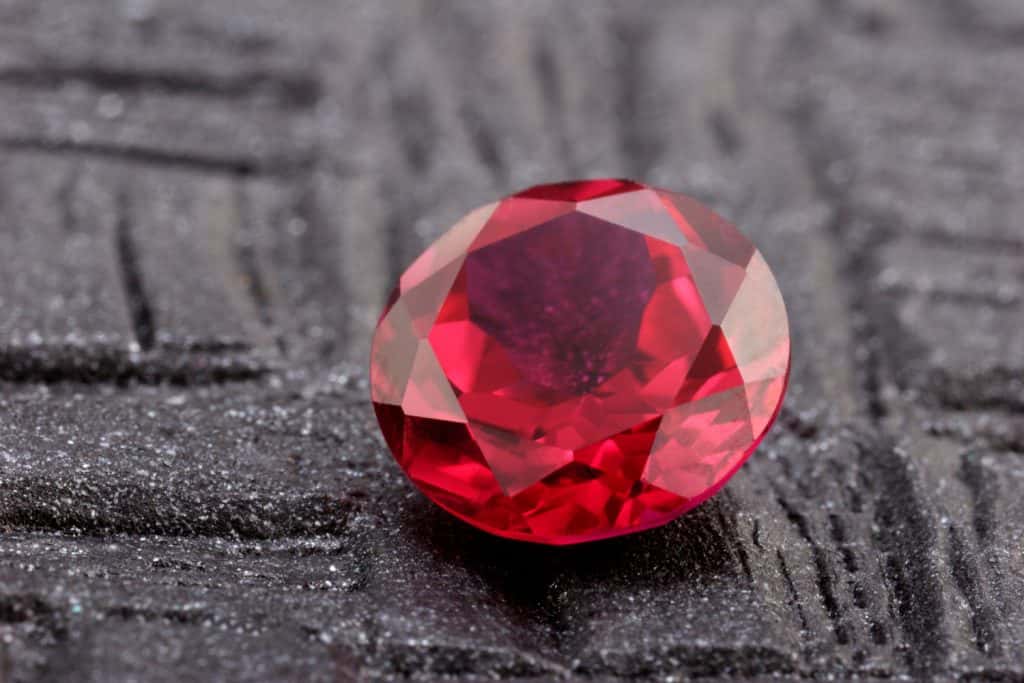
For those with rubies, we would say they can withstand pretty high temperatures. Rubies have a melting point of around 3,400 degrees and tend to handle heat well, making them great for melting and casting.
That said, rubies are one of the more heat-treated gemstones, with experts from the Gemmological Association of Great Britain estimating 98% of available ruby gems have undergone a heating process.
How Much Heat Can A Sapphire Take?
When it comes to heating sapphire, these precious gemstones also tolerate high temperatures well. Typically, you should be OK heating a sapphire to around 3,600 degrees before reaching its melting point at 3,711 degrees Fahrenheit.
Like rubies, sapphire gems also handle heat well and are commonly heat-treated before being put into jewelry.
What Happens If You Melt Diamonds?
If you decide to melt a diamond, you will essentially change its structure and turn it into liquid carbon. Diamonds have one of the highest melting points among gemstones at 7,280 degrees Fahrenheit, so melting one isn't easy.
That said, once you melt a diamond, it's no longer considered one, so we wouldn't recommend it. Of course, you can always heat your diamond to improve its color and clarity; just keep the temperature on the lower side.
Can Heat Damage A Diamond?
When it comes to heat damaging a diamond, this is possible. According to the Gemological Institute of America, diamonds will burn at around 1,562 degrees, so staying below that temperature is a good idea.
When a diamond gets too hot, it will begin to cloud up, which essentially decreases its value. On top of that, diamonds are hardy stones, so you shouldn't need to treat them with heat often, if even at all.
Can You Heat Synthetic Gemstones?
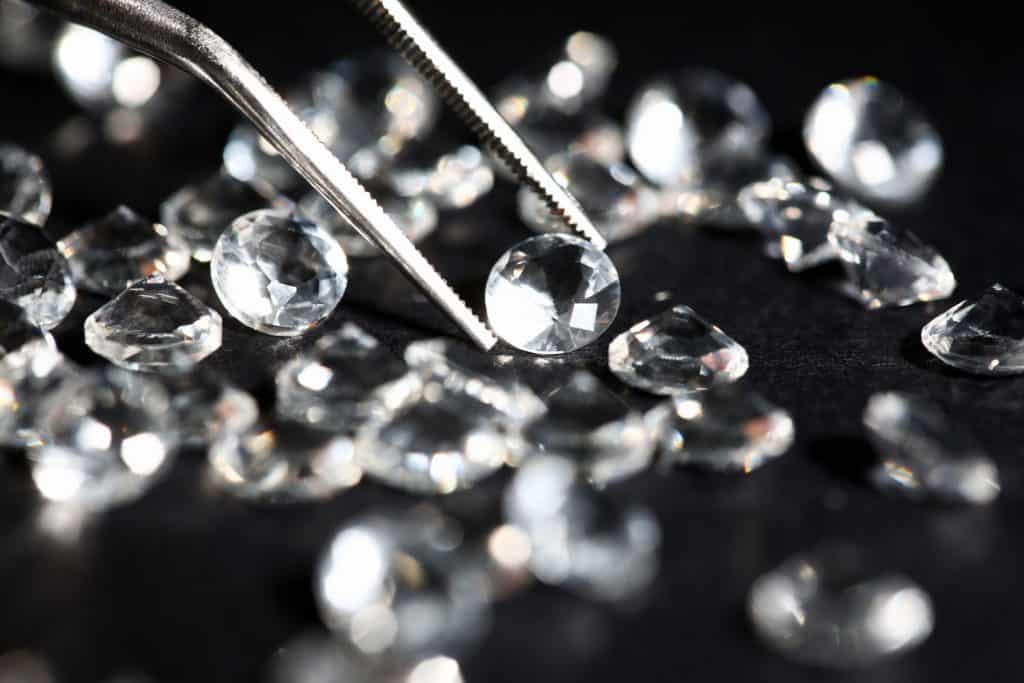
For anyone with synthetic or lab-grown gemstones, heating them isn't always necessary. Unlike natural options, synthetic gems don't require extreme heat or mining to be prepped for jewelry, which is why they are so popular.
That said, if you want to improve their color or clarity, you can certainly use heat on synthetic gemstones. Temperature-wise, we recommend keeping your lab-grown gems under 2,000 degrees when heating, but this depends on the exact type of stone.
Are Lab-Grown Gemstones Durable?
Typically, yes, lab-grown gems will be pretty hardy. Although they don't always hold up as well as the real thing, synthetic gemstones are a great and reliable option for your jewelry.
According to Leander D'Ambrosia, synthetic gemstones are often better looking than their natural counterparts and more durable if they are high quality. They also mention how lab-grown stones are free of inclusions and natural flaws, which is a huge plus.
To Wrap It Up
Whether you are new to gemstones or want to have your current jewelry fixed, it's essential to know if they can and will melt. We found that gemstones will melt if you heat them enough and can even turn to powder, depending on the temperature.
When it comes to what heat does to a gemstone, it helps to improve color, clarity, and overall appearance. Some gemstones that handle heat well include diamonds, rubies, sapphires, garnets, and lab-grown gems, so stick to heating those options. Regardless of the gemstone you have, remember to check with a professional before melting or heating it, and don't be afraid to use a butane torch if you feel comfortable.
Want more gemstone-related content? Check out these posts below!
Sapphires Vs. Diamonds For Engagement Rings - Which To Choose?




